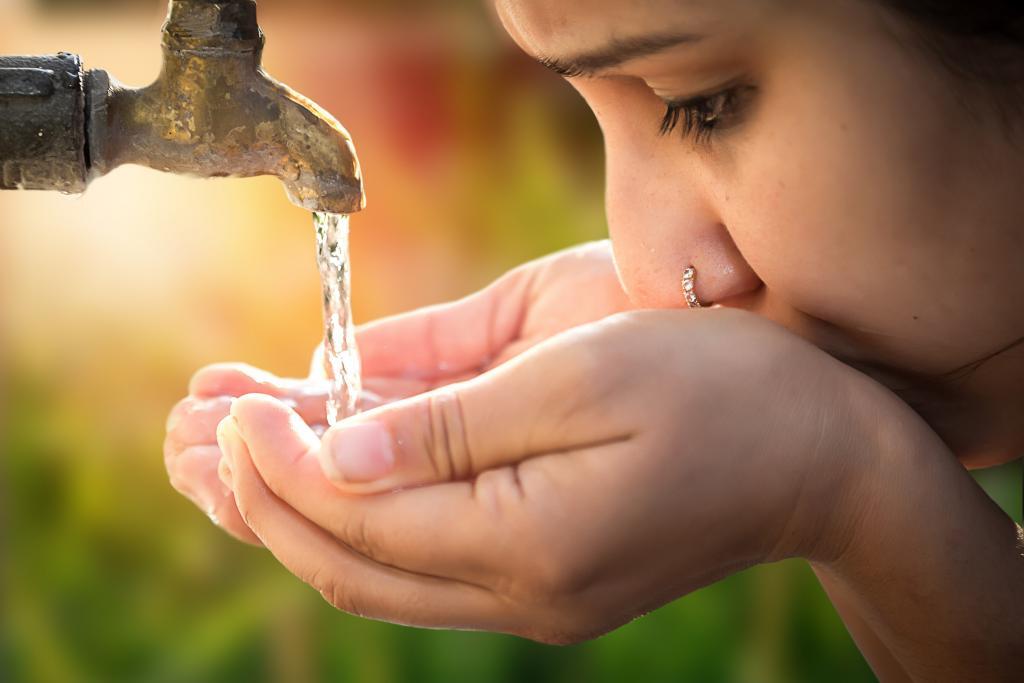
Nuclear: Addressing Water Scarcity
Water: it makes up the majority of our planet, over 70 percent to be exact, and it is becoming scarce.
As noted recently by the World Wildlife Foundation, “some 1.1 billion people worldwide lack access to water, and a total of 2.7 billion find water scarce for at least one month of the year.”

Photo Credit: Greenaperture/Shutterstock
The number of people living with water scarcity is forecasted to rise due to increased water demand. According to the 2016 United Nations Global Water Report, the energy sector relies heavily on water in the production and generation of electricity. As population growth and economic improvement drive up demand for electricity, total global water consumption for the energy sector could rise by 20% annually.
Climate change is also resulting in increased water demand, putting further strain on the world’s water supply. 2015 was the hottest year ever recorded on Earth; warmer temperatures are increasing the evaporation rate and displacing water supplies, making some regions more arid and deluging others with too much water.
The nuclear industry is continuing to provide cleaner energy pathways to producing electricity, including reducing waste and water consumption, leaving a smaller environmental footprint, as outlined in Cameco’s recent Sustainable Development Report.
Building upon its 2015 achievements, Cameco continues to see decreases in energy and water consumption, helping to offset GHG emissions and reduce their climate impact. One of the world’s largest uranium producers, it has improved water remediation efficiencies, cutting remediation times down from 15 years to two and a half. It has also found ways to reuse waste rock. Depending on the type of waste rock, the material can be used as a substitute for sand in the production of concrete for backfill in the mines, aggregate for roads and in concrete mixtures. These are steps that reduce the consumption of natural resources, and recycle materials back into the environment.
Additionally, most of the water used in nuclear power production is recycled. Of all the water used, over 95% is returned to the environment, a metric that Small Modular Reactors (SMRs) will look to improve upon. While still in their infancy, the next generation of nuclear reactors will require less land and water, relieving pressure on natural resources.
At the International Atomic Energy Agency (IAEA) General Conference in 2015 the importance of SMRs was highlighted: “SMRs can offer important advantages for nuclear newcomer countries, particularly those with small electric grids, with less-developed infrastructure and limited investment capabilities,” said Mikhail Chudakov, IAEA Deputy Director General and Head of the Department of Nuclear Energy, speaking at the event. “Countries with existing nuclear power programmes may also consider SMRs for specialized applications such as deployment in remote areas, process heat and desalination.”
Their smaller size also means cost reductions, making power generation more affordable to all communities. Finances aside, in order to help improve living conditions in remote and developing communities, significant investments will be required in power generation options that not only have small environmental footprints but that are able to reduce, reuse and recycle, for a full cycle of environmental sustainability.

